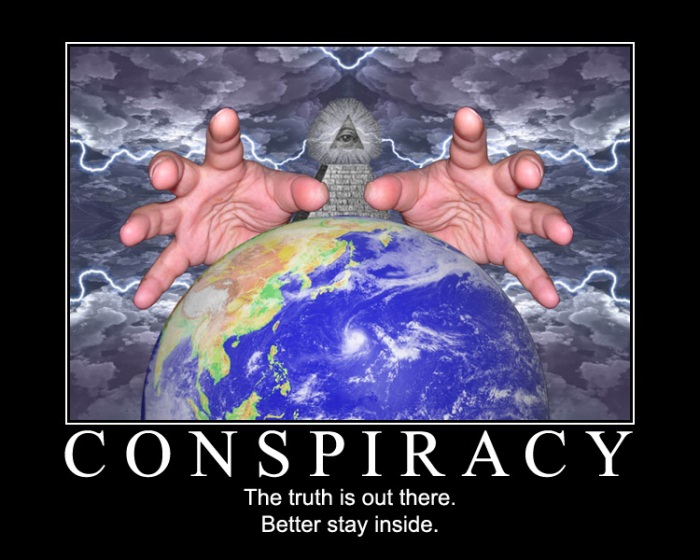Muted Group Theory
Cheris Kramarae’s Muted Group Theory is defined as “people belonging to low-power groups who must change their language when communicating publicly, thus, their ideas are often overlooked.” According to Kramarae, women’s words are discounted in society, women are the muted group in society, and language is literally man-made. As a result, women experience the Muted Group Theory and then sexual harassment, which is an unwanted imposition of sexual requirements in the context of a relationship of unequal power. This is because people with the power are intimidating to the people with less power, in this case men vs women. For example, bosses in the workplace are usually sexually harassing their employees, solely because women are regularly ignored and the man is in power.







